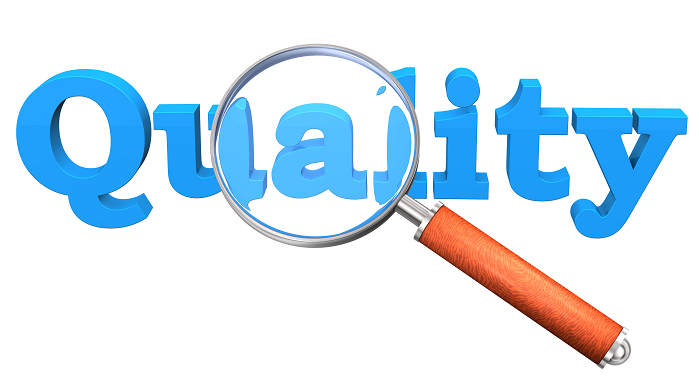From a pure auditing perspective little has changed between EU OPS and OPS Regulation 965/2012 probably the emphasis on developing the audit schedule based on performance is one of the most significant developments.
Firstly, we should understand that the primary role of EASA Compliant Quality Auditing is to ensure both external and internal compliance with regulatory and organisational procedures. As a secondary objective there is a need to demonstrate continuous improvement – which at the most simplest would mean a reduction in findings over time for a consistent level of auditing activity.
The underlying concept is that for managing safety it is essential to take a holistic approach and to implement the new safety risk management (SRM) related processes while making use of and integrating these into the already existing management system (e.g. quality system as per JAR-OPS/ EU-OPS). For example, the internal audit process (compliance monitoring) is kept as an essential element of the management system, while ICAO Annex 19 is not that clear about it.
Hence, organisations should be encouraged to integrate the new SRM elements into their existing system and articulate these with the way the organisation is managed, addressing every facet of management, as any organisational change and any decision (even in areas such as Finance, Human Resources) will need to be assessed for their impact on safety. Such integrated approach to management is much more efficient for monitoring compliance, managing risks and maximising opportunities.
EASA advises they require the following from the Operator
“The operator must implement and maintain a management system to ensure compliance with these essential requirements for operations and aim for continuous improvement of this system”
How to Deliver Continuous Improvement?
1/ Management Team Behaviour
The support of an organization’s Management Team is usually cited as a major contributor to the success of any continuous improvement initiative.
Evidenced by:
a) Demonstrating Support both general and Specific;
b) Providing Guidance;
c) Ensure adequate resources and follow up.
2/ Proactive Behaviour and Attitude to Positive Change
Willing to invest time and effort to achieve a required change;
Focus on long term solution not just dealing with the immediate issue;
Addressing the Root Cause of a problem in a meaningful way;
Work smarter not harder!
3/ Focus Focus and Focus
It is of the utmost importance to ensure sufficient momentum to ensure the changes are not forgotten and we are able to deliver successful continuous improvement programs.
We must understand that any improvement is most likely to succeed if it is developed into a long-term practice that needs to permeate everything an organization does.
4/ Looking more towards the Horizon
a) Move the focus out from monthly or quarterly targets;
b) Develop an appropriate mind set regarding long term objectives;
c) Be able to accept “some” short term pain where there is a long term potential benefit.
Sofema Aviation Services provides more than 40 Quality Assurance related EASA regulatory compliant and vocational training courses.
For details please see www.sassofia.com or email office@sassofia.com
Tags:
Aviation Quality, Aviation Quality Assurance, EASA, EASA regulatory compliant





